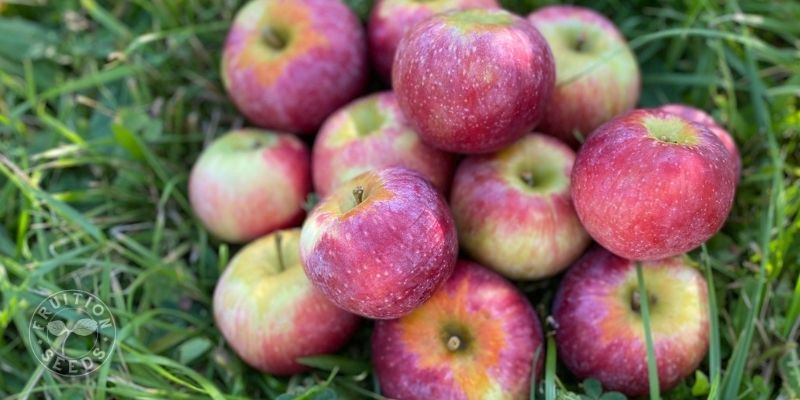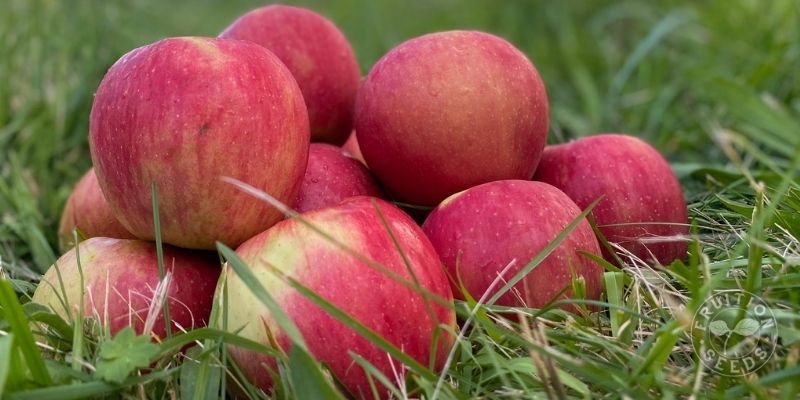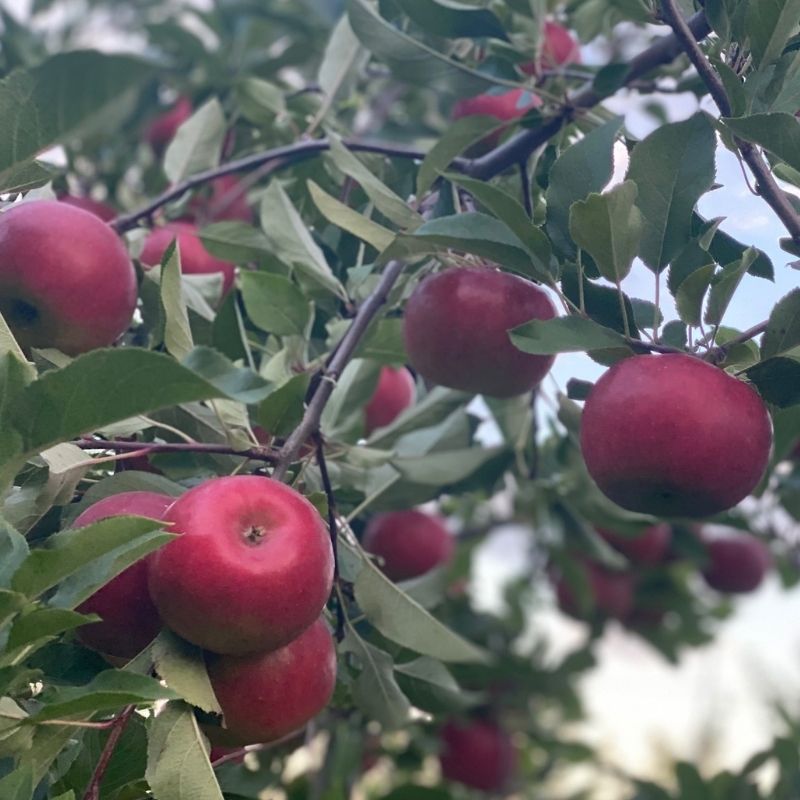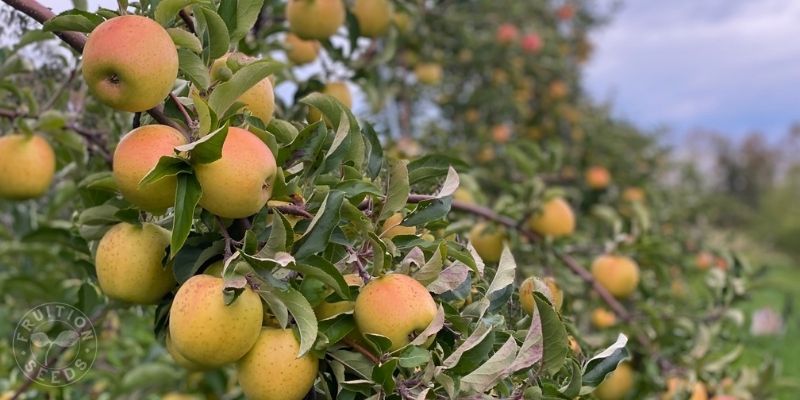Fruition’s current online tree growing resources are focused on Apple Trees (and it is also true that Pears, Plums, Peaches, Apricots and Cherries require much the same site choice, planting, and basic care considerations!) On that note, we hope you'll enjoy Fruition's free full library of Growing Trees Resources. Also recommended are all books by the late Michael Phillips and the online resources at the New England Tree Fruit Management Guide. In the meantime, enjoy more Fruition tree growing resources:
Apple Tree Growing Guide
Fruit Q&Qs pre-recorded Webinar Library
and join us for future live Fruit Q&Q webinars here!
How to Choose Among Apple Varieties
Friends, there are thousands of apple varieties and deliciousness is in the mouth of the beholder. No one knows what you’ll love more than you! So many flavors, so many textures, so many shapes, we hope to share an apple tasting here on the farm with you one day.
In the meantime, let’s imagine all the ways we love apples in our lives. Some of us just want to chomp apples fresh from the branch and out of the cellar; some of us love pies and making cider more than anything else. And some of us love all of it, in any season! From branch and cellar to sauce, galette, cider, vinegar, stuffed and baked with nuts and spices, fresh or dried as snacks, we even love tart crabapples in chutney ~
Culinary ambitions aside, disease resistant varieties can be much easier to take care of because they don’t need to get sprayed as much, or at all. Many heirloom varieties are also highly disease resistant even though they existed well before today’s modern breeding programs; Fruition will be sharing more of those in the future! Ask other orchardists in the area what has done well for them, and what has not.
Here are a few things to consider when choosing varieties:
- Goals What is your orchard vision? Finding the right balance of flavor, disease and ultimate tree size (rootstock) is key. For you, is flavor more important than disease resistance? If low maintenance is critically important, choose disease resistant varieties. Rootstocks determine ultimate tree size from dwarf (10- to 12′), semidwarf (10 to 16′) to standard (full-size). We’ll share more about rootstocks soon! All of Fruition’s apples are both delicious as well as disease-resistant, each with their own unique nuances and qualities, all on easy-to-grow and quickly fruiting semidwarf rootstock. We’d love to see you here on the farm for a taste test here one day!

- Disease Resistance Some of the modern varieties, released over the past 50 years or so, are resistant to scab and other apple diseases. Some common pathogens, like cedar apple rust, only occur only in specific locations, so ask around and see what other orchardists in the area have experienced. Some highly disease resistant varieties include Enterprise, Galarina, and Cornell’s latest release, Cordera.
- Purpose Do you dream of your own apples for fresh eating in fall as well as fresh from the cellar all winter? Are you passionate about baking pies? Would you love to press your own cider or dry them for crunchy sweet snacks? There are so many different uses for apples! Some varieties are particularly excellent in very specific ways while others are ‘all-purpose’ and enjoyed in many ways. We love to grow many different varieties to savor all the ways apples bring sweetness to our lives ~
- Season Here in Zone 5, apple harvest extends August through November. Summer apples kick off the season early when it still feels hot and summery. While they are incredibly refreshing, most varieties tend to ripen quickly and turn to mush in a couple of weeks. Many mid-season varieties are considered dessert apples due to their incredible flavor and are best eaten fresh in fall and early winter. Winter apples, or late varieties, are usually harvested in October and early November and keep all through the winter, sometimes until spring. Consider seasonality as you choose your varieties! We’ve planted a diverse orchard so we can savor the spectrum of flavors as well as extended harvest.
- Cold Hardiness Apples are grown from Alaska to Guatemala! Some apple varieties do well in a wide range of climates; others thrive either in the north or in the south. All Fruition’s apple varieties thrive in short seasons, hardy to zone 5. If you’re sourcing apples elsewhere, read variety descriptions closely from numerous sources to be sure you’re planting varieties well suited for your location.


Be in the know:
Fruition's Fruit Tree Updates!
You'll receive seasonal tree insights & how-to's plus be the first to know about invitations to tree events on-farm and online!
Visit our newsletter website and subscribe to the 'Tree Updates' section
Enjoy our free online Apples & Organic Orcharding course and Tree Webinar Q&Qs Library in the meantime & don't be shy!
~When you join us, check your inbox for your welcome & access info! Stay tuned for our weekly organic gardening tips & inspiration, as well~
Sending love from our gardens to yours!
Sow Seeds & Sing Songs,

& the whole Fruition crew


